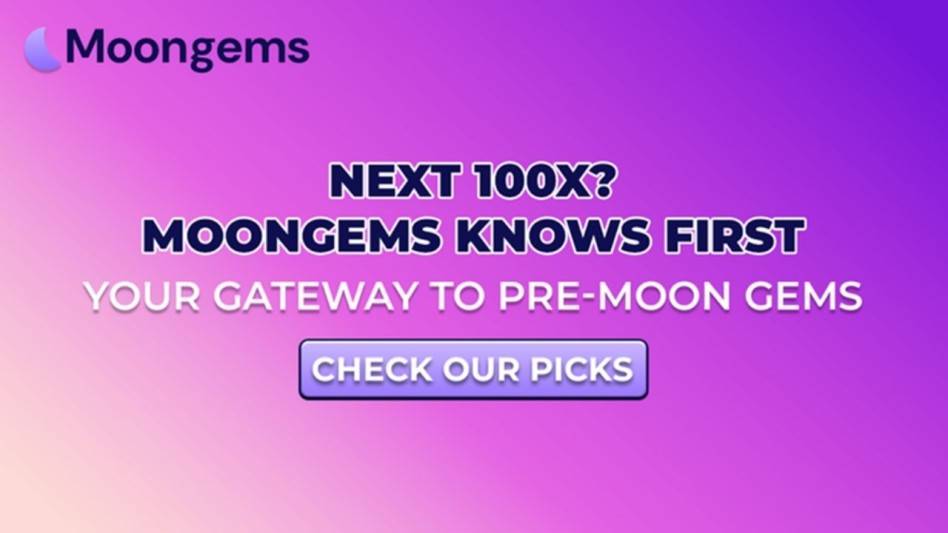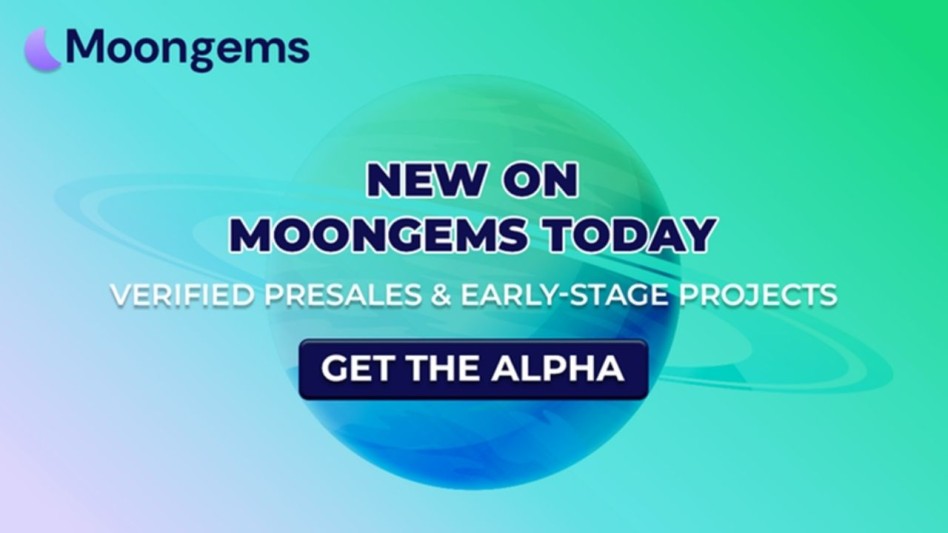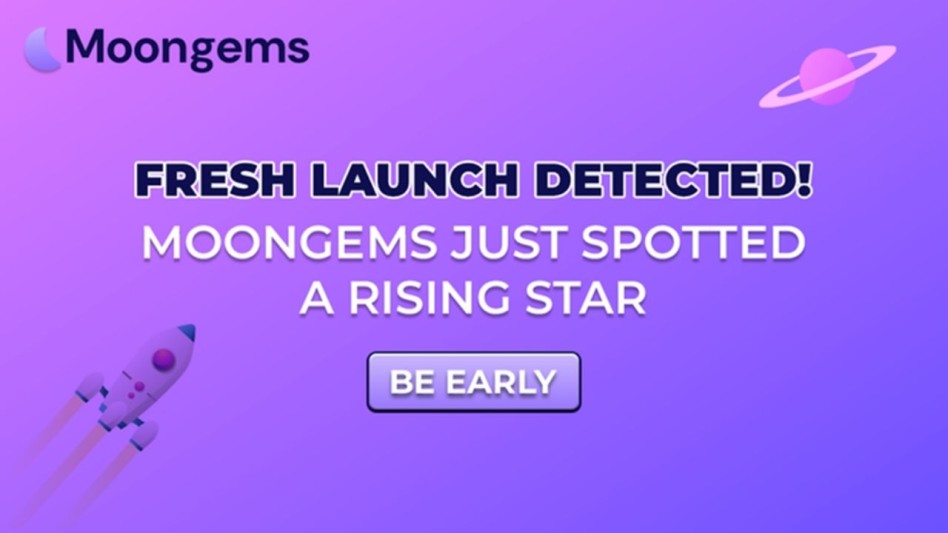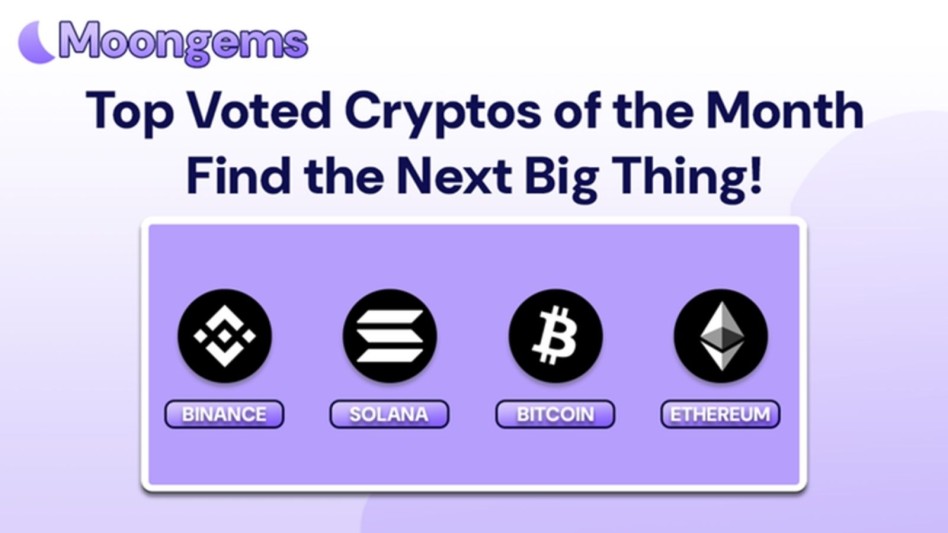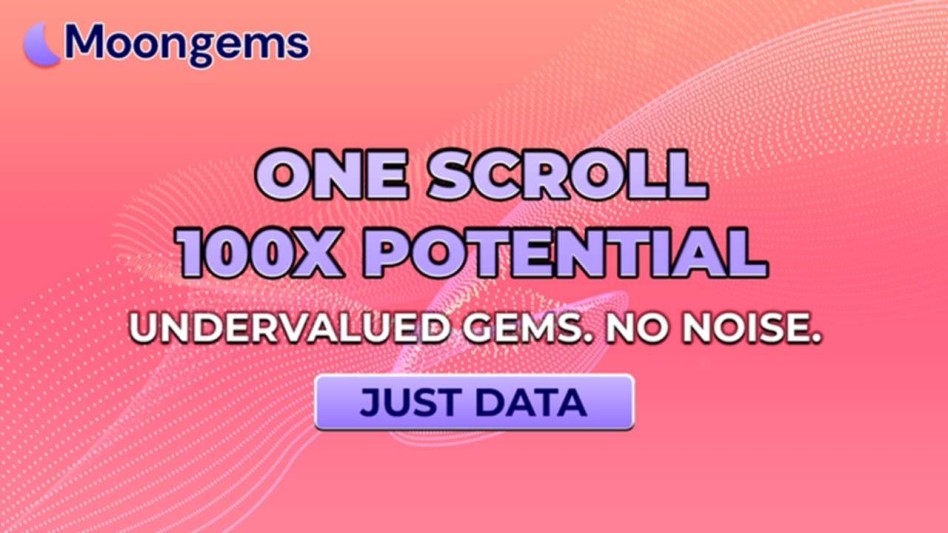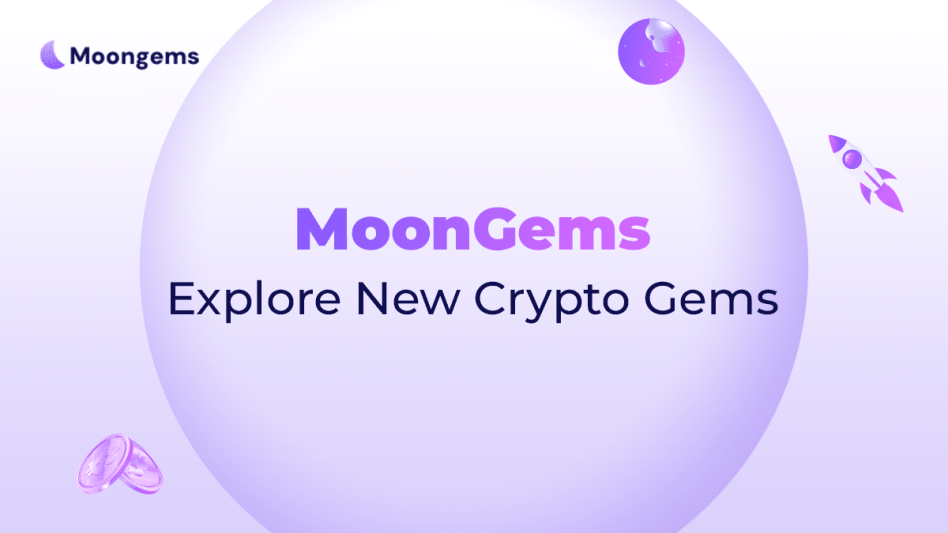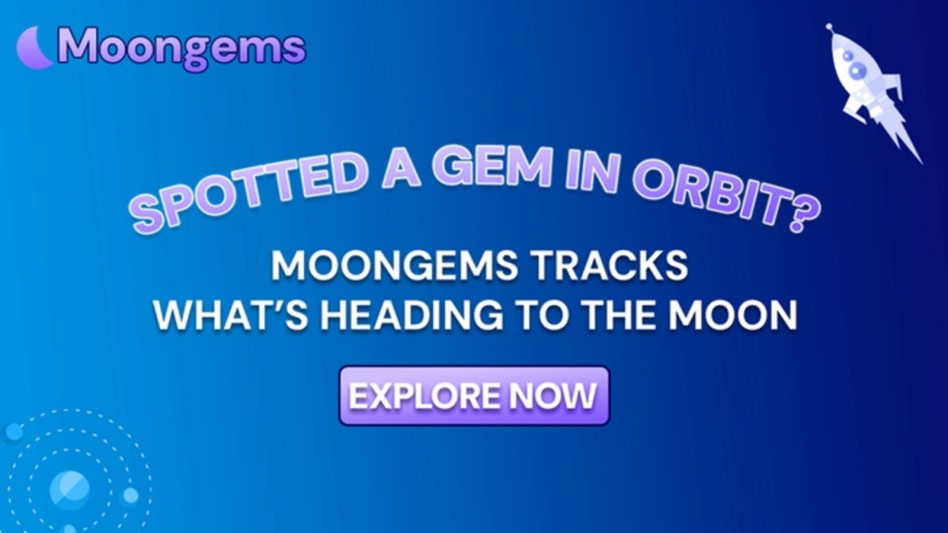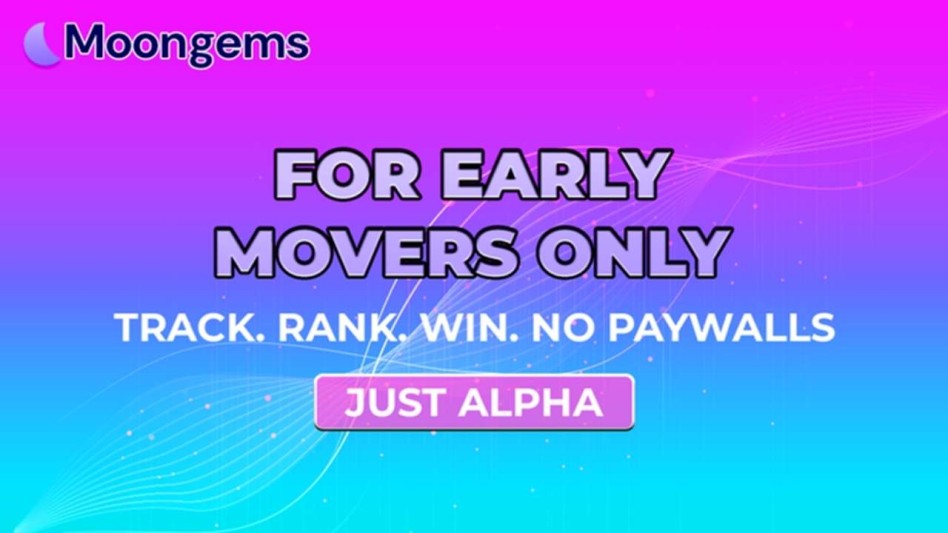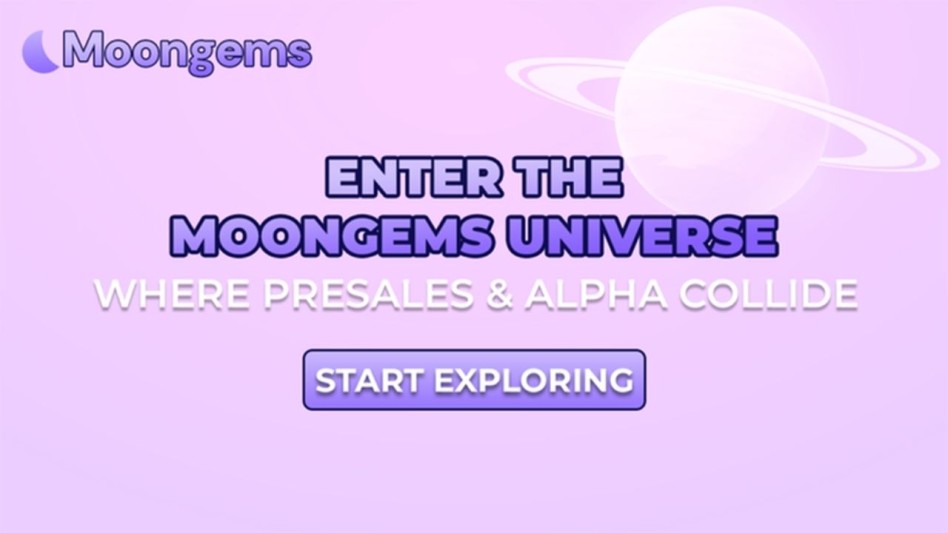Author: Jawad Hussain – Crypto Analyst & Web3 Researcher | 9+ years tracking presales, IDOs, and token launches. Follow him on Twitter.
In 2021, tokens pumped because they had tax systems. In 2022, they pumped because they had staking. In 2023, it was a utility. By 2024, it was AI, LSD, and the “next big chain.” But in 2025? The tokens that actually stick, grow, and moon have one thing in common:
They tell a story.
We’re not just talking about a brand or a mission statement — we’re talking about a full-blown narrative economy, where every element of a token’s design, from emissions to staking to liquidity, supports a larger tale that users actually care about.
This isn’t a soft skill. This is a mechanical evolution of crypto economics.
Because here’s the truth: attention is currency. Engagement is capital. And a meme is no longer a joke — it’s infrastructure.
Projects that can wrap mechanics in meaning — where every burn has lore, every unlock has context, and every chart movement is part of a communal experience — are creating ecosystems that outperform tokens with “better” fundamentals. Why? Because in 2025, value flows where emotion goes. And emotion rides on narrative.
But there’s more to it than vibes. This article is about the fusion of storytelling with liquidity mechanics — what MoonGems is calling “narrative liquidity.” It’s the reason Arctic Pablo Coin is printing presale volume while “serious” altcoins stall. It’s why holding Doginme feels more like being part of a tribe than a trade. It’s why tokens like Tutorial or Comedian Coin convert engagement into economy.
We're going to break down:
- Why liquidity without narrative is just fuel with no engine
- How narrative turns holders into builders
- What makes "sticky" liquidity pools thrive where others collapse
- And how smart tokenomics systems can gamify participation through story
If you’ve ever asked why some tokens seem “fun” and others feel like homework — and why the fun ones outperform — this article is your blueprint. This isn’t about fluff. This is about psychological design backed by mechanical tokenomics.
Let’s dive into why in 2025, the next 100x token won’t be “deflationary with a treasury” — it’ll be a story with liquidity that moves like a plot.
The Death of Silent Liquidity — Why Pools Without Narrative Are Failing
Liquidity Alone Doesn’t Build Loyalty
Liquidity is the heartbeat of a token. Without it, there’s no trading, no price movement, no buyers or sellers — no market. But in 2025, liquidity is not enough. The problem isn’t just low liquidity; it’s silent liquidity — pools that exist but feel like dead air to the community.
You’ve seen it: a token launches, has $500k in locked liquidity, and the chart looks healthy. But the Telegram is quiet. Twitter has zero memes. No one’s making fan art, no one’s running Twitter raids, and the last update from the devs was “big things coming.” This token has liquidity... but it has no energy. And without energy, liquidity turns into quicksand.
Liquidity without emotion is sterile. It attracts short-term traders, not long-term believers. And in today’s meta, traders don’t build floors — they sell into them.
Narrative is What Turns Liquidity into Momentum
When liquidity is paired with narrative, it transforms. It’s no longer just trading fuel — it becomes an emotional resource. People don’t just hold because the chart looks good. They have because the token holds meaning for them. Its identity. It’s culture. It’s a story they’re a part of — and they don’t want to sell their part of the story short.
That’s the secret weapon of tokens like Arctic Pablo Coin. The liquidity isn’t just a pool — it’s part of Pablo’s world. Each time a location unlocks, the community gains access to a new part of the map. That access is funded by liquidity and driven by story. So when people add LP or buy in, it doesn’t feel like a trade. It feels like advancing the plot.
Same thing with Comedian Coin — when users know a portion of sell tax goes toward meme contests and meme-based staking rewards, suddenly the liquidity isn’t just locked — it’s alive. It’s funding the vibe, the culture, and the memes that make the token valuable in the first place.
A Quiet LP is a Dying LP
Here’s the brutal MoonGems truth: if your liquidity pool isn’t tied to emotion, engagement, or shared vision, it’s vulnerable. Silent LPs die slow. They don’t cause blowout rugs. They just fade. The price bleeds, the volume dries, and the community moves on without even saying goodbye.
That’s why smart tokens don’t just launch with liquidity. They launch with purpose. They tell their holders what the liquidity is for — not just technically, but emotionally. That connection is what makes buyers stick. That’s what makes LPs grow. That’s what makes 100x charts start from the floor up.
Because in 2025, trading without a narrative is noise. And liquidity without narrative is silence.
Narrative Liquidity — The Tokenomics of Attention and Belonging
Liquidity Isn’t Just Money — It’s Memory
Liquidity is often viewed in cold, clinical terms: ETH in, token out, chart moves. But in 2025, that’s a narrow view. Because when done right, liquidity isn’t just capital — it’s story storage. Every buy-in becomes part of a timeline. Every LP add becomes part of the lore. People don’t just remember their entry price — they remember the moment they joined the narrative.
This is what we at MoonGems call narrative liquidity — the merging of liquidity mechanics with emotional and social context. It’s when the act of adding to a pool or buying into a token isn’t just transactional — it’s transformational. You’re not just a trader. You’re a chapter in a bigger arc.
And the deeper the arc, the more powerful the loyalty.
Narrative Gives Liquidity Context, and Context Builds Conviction
Why do people hold through 60% dips on meme coins, but sell a “real utility” token after 10%? It’s not because they don’t understand fundamentals — it’s because one makes them feel connected, and the other feels like homework.
Narrative tokens give meaning to volatility. If the price drops, the community rallies around a comeback. If the price pumps, it becomes a plot point. There’s an emotional script running beneath the chart — and that script is what turns liquidity into something more than numbers on a screen.
Take Doginme, for example. Its entire brand is built on proving who has “the dog in them.” Every interaction — from staking to holding to buying dips — reinforces the community identity. It’s not about short-term gains. It’s about holding the line and being part of the legend. The liquidity pool here isn’t just a market — it’s a social arena.
Narrative liquidity thrives when users see their actions as symbolic. Adding to the LP isn’t just strategic — it’s tribal. Buying the dip isn’t just smart — it’s brave. That meaning matters.
Belonging is the New Utility
In 2025, what people really want from tokens isn’t just features — it’s belonging. They want to feel like part of a movement, not just a market. That means tokens must structure liquidity around both emotional and economic incentives.
This doesn’t mean abandoning fundamentals. It means infusing fundamentals with narrative structure. If adding LP funds is the next chapter of a project’s journey or unlocks a new feature in a fictional map, it becomes more than a transaction. It becomes participation.
And when people feel like they belong, they hold longer, they buy more, and they build harder. That’s the core of narrative liquidity. It’s not about hype — it’s about emotional utility.
Designing Tokenomics for Participation, Not Just Speculation
The Problem with Speculator-Centric Design
Crypto tokenomics has long been structured around one central character: the speculator. Everything — from launch tax to staking rewards to token unlock schedules — has been optimized to draw in capital and hopefully retain it. But there’s a problem with speculator-centric design: it’s shallow.
Speculators aren’t loyal. They don’t build. They don’t contribute beyond volume. They enter for a flip and exit at resistance. And when everyone in your token’s ecosystem is thinking “when can I sell?”, it creates fragility — a thin floor and no foundation.
Tokens that only appeal to this group build sandcastles in a storm. One bad day, one sell-off, one lost influencer, and the whole thing caves.
In 2025, the winners don’t optimize for short-term speculation — they optimize for long-term participation.
Participation-Centric Tokenomics: What It Looks Like
Participation-centric design flips the model. It asks: “What can a user do with the token besides trade it?” How does the token involve them, not just incentivize them?
In top-performing projects, every core mechanic is designed not just to reward holding, but to reward doing. This means:
- Earning rewards through action (like staking, voting, meme creation, or completing challenges)
- Unlocking features by participating (such as location-based access or gamified progression)
- Funding the project’s narrative arc by contributing LP or completing milestones
A perfect example of this is Tutorial Token, where users stake tokens not just to earn more tokens, but to learn. The act of participation — engaging with educational content, completing tasks, and sharing knowledge — feeds directly back into the staking rewards. You’re not passively farming. You’re growing the ecosystem — and being rewarded for it.
This model creates long-term emotional attachment. You’re not “in early.” You’re involved.
Participation Becomes Value
In traditional finance, participation is irrelevant — nobody cares how active a shareholder is. But crypto breaks that mold. In Web3, communities are the product. Attention is yield. Culture is capital. The more someone engages — by posting memes, creating art, answering questions, and spreading the gospel — the more they grow the pie for everyone.
That’s why the best tokenomics now quantify participation. They track it, reward it, and gamify it.
When users feel seen, when effort = value, and when activity = access, they stick around. They become evangelists, not just holders of the faith. They build floors with memes, not just money.
Because in the end, speculation pumps. But participation sustains.
From Floor Price to Plot Points — Rewriting How Value Is Measured
Floor Price is No Longer the Only Metric That Matters
For years, the “floor price” has been the dominant metric in the cryptocurrency space, particularly in NFT and meme coin circles. It’s the number that gets screenshot, retweeted, and taped to the bathroom mirror of every degen hoping for a 100x. But in 2025, that metric is starting to feel hollow.
Why? Because the floor price only tells you one thing: what someone might pay right now. It says nothing about community energy, emotional attachment, or user contribution. And it definitely doesn’t reflect how many people are still active, still building, still believing.
This is why narrative-driven tokens are rewriting the value system. In these ecosystems, the chart is just the surface. The real value lies in the plot — the events, the progress, the arc. And each stage of that arc is a plot point that adds value far beyond a candlestick.
Plot Points as Psychological Anchors
Tokens like Arctic Pablo Coin have introduced a revolutionary concept: plot point-driven momentum. Instead of random pumps based on speculation, their price movements are synced with story beats. When a new “location” unlocks, it’s not just a functional milestone — it’s a narrative event.
And narrative events are sticky.
They give holders a reason to wait, a reason to hold, a reason to re-engage. When you buy into a token at a specific chapter in its journey, that price point becomes personal. You’re not just measuring upside — you’re waiting to see what happens next.
This storytelling structure creates psychological anchoring. People don’t just say, “I bought at $0.0042.” They say, “I joined during the Ice Tunnels chapter.” That framing transforms trading into timeline-based identity — and that’s way more powerful than raw market data.
Why Plot-Driven Projects Build Stronger Floors
Plot-driven tokens don’t rely on pure price momentum. They generate event-based momentum. That means even if the price dips, the story continues. And when the story continues, people keep showing up.
The result? Healthier floors, stronger retention, and better re-entry behavior. People are more likely to buy back in — not just because the chart looks good, but because they want to rejoin the journey.
It’s also easier to justify adding LP or staking when those actions contribute to plot progression. The act becomes communal, symbolic, and memorable, not just mechanical.
In short, tokens with plot points turn buyers into characters, charts into chapters, and dips into suspense. And in a world oversaturated with noise, story-powered liquidity becomes the only metric that moves both the wallet and the soul.
Real Projects Using Narrative Liquidity to Dominate 2025
Why Examples Matter More Than Theories
Narrative liquidity isn’t just a concept. It’s already live, thriving, and outperforming traditional token models across the board. While countless “serious” projects continue clinging to old-school tokenomics with sterile staking dashboards and flatline engagement, a new class of tokens is rising — tokens built on story-driven mechanics where liquidity is the storyline.
These projects don’t just attract capital. They attract attention, action, and identity — and they’re doing it without needing VC dollars, centralized exchanges, or soulless hype cycles. They’re doing it with culture-first economics.
Let’s explore projects rewriting the rules of token design by fusing narrative with mechanics in ways that generate real retention, real volume, and real community loyalty.
Arctic Pablo Coin — Location-Based Liquidity Meets Lore
Arctic Pablo Coin is the definitive case study for narrative liquidity. Instead of presale stages, it has “locations” — fictional regions on Pablo’s map that unlock sequentially as the community progresses. Each location unlocks a new liquidity structure, staking ratio, or burn mechanic. It’s part crypto, part RPG, and it works because users aren’t just holding for price — they’re traveling the map together.
Liquidity additions are gamified. Adding LP doesn’t just support the token — it unlocks the next part of the world. Staking rewards evolve as the lore deepens. Burn events are tied to narrative milestones. Every price movement is embedded in context.
This is narrative liquidity done right — where tokenomics and storytelling are woven so tightly, you can’t participate in one without progressing the other.
Doginme — Behavior-Driven Ecosystem Expansion
Doginme’s tagline is more than a meme — “Do you have the dog in you?” is both a call to action and a mechanic. Everything in the ecosystem — from staking boosts to token supply adjustments — is tied to community behavior.
The more engaged you are, the stronger the project becomes. Meme? Rewarded. LP added? Progress unlocked. Governance proposal? Higher status. It’s not a static system. It’s a living one, where liquidity shifts based on how “dogged” the community is.
Doginme proves that culture can be tokenized, gamified, and made economically viable. Its floor isn’t built with liquidity — it’s built with conviction, because every transaction says something about who you are in the pack.
Comedian Coin — Tokenized Meme Participation
Comedian Coin takes the traditional idea of staking and flips it upside down. Instead of passive APY farming, holders earn by creating memes and submitting them for DAO-based evaluation. The best meme of the week? It triggers a burn. A viral post? Triggers airdrop mechanics.
This is liquidity driven by laughter, by clout, and by culture — and it’s completely on-chain. The community doesn’t just speculate. They co-create value, and that value is instantly felt in the token’s mechanics.
Here, liquidity is used to reward creativity. The more meme activity the community generates, the more capital flows in, the more price stabilizes, and the more power shifts from devs to the memers themselves. It’s the ultimate expression of Web3’s ethos: decentralized attention, democratized rewards.
Tutorial — Learn-to-Earn Meets Plot-Based Unlocks
Tutorial Token is crypto’s answer to Duolingo, but with staking mechanics and narrative flair. Instead of simply rewarding you for staking, Tutorial requires you to interact with the ecosystem by learning. Complete a lesson on vesting? You unlock better staking ratios. Pass a quiz on burn mechanics? Your LP boost increases.
As you progress, you unlock “chapters” of the Tutorial metaverse — themed zones with unique yields and lore-based governance options. It’s gamified education turned into economic participation.
Liquidity here is used to unlock access, not just price action. It’s funding the world of Tutorial, literally — every new user interaction brings more capital in, and the storyline expands with it.
Conclusion: Liquidity Isn’t a Line on a Chart — It’s the Spine of a Story Now
If you’ve made it this far, you already know what 99% of crypto still doesn’t:
Liquidity isn’t enough.
It’s not enough to lock it. It’s not enough to burn it. It’s not even enough to route taxes into it. In 2025, the most successful tokens are the ones that understand a fundamental truth of this new cycle:
Liquidity is emotional.
It’s not just trading fuel — it’s identity fuel. It’s narrative reinforcement. It’s community energy stored in ETH and wrapped in meaning.
Projects that don’t tell a story with their liquidity are forgetting the one force stronger than tokenomics, stronger than taxes, stronger than utility: attention. And attention, unlike LP, can’t be bought. It must be earned through participation, engagement, and relevance.
That’s why Arctic Pablo Coin is building its ecosystem around locations, not numbers. It’s why Doginme ties supply mechanics to community behavior. It’s why Comedian Coin gives meme creators token power. And it’s why Tutorial Token is turning learning into liquidity loops. These tokens aren’t simply “gamified.” They are narrative-native. They function like social economies, where the action isn’t on a chart, but in a plot.
We are in the era of tokenomics as a world-building tool. Every liquidity event is a chapter. Every staking mechanism is a mission. Every burn is a moment in the lore. And when people feel like their actions move the story forward, they stay. They don’t sell at the first red candle. They add LP. They make memes. They tell their friends.
And that’s how tokens survive. Not by being the cheapest. Not by being the flashiest. But by being the most meaningful.
MoonGems covered every kind of tokenomic trend — from cliff vesting to hyperinflation traps to dynamic tax structures. But narrative liquidity? This is the future. This is the cheat code. This is the invisible mechanic that multiplies everything else.
So if you’re a builder, the message is simple: stop designing for charts. Start planning for chapters. Your token isn’t a stock — it’s a saga. And if you’re an investor? Ask yourself one question before you ape: “Am I just buying in — or am I joining the story?”
Because in this cycle, the next 100x won’t be a graph. It’ll be a plot twist.
Frequently Asked Questions (FAQs)
- What is narrative liquidity in crypto?
Narrative liquidity refers to the idea that liquidity becomes more powerful when it’s tied to a compelling story. Instead of being just a trading tool, liquidity becomes part of the token’s emotional and social value — something users contribute to because they feel invested in the plot, not just the price. - How does storytelling impact tokenomics?
Storytelling gives context to mechanics. A burn becomes more meaningful when it’s tied to a chapter. A staking unlock is more powerful when it symbolizes progression. When users feel like they’re part of the story, they engage more deeply — which increases retention, loyalty, and price resilience. - What makes plot-driven tokens different from traditional meme coins?
Plot-driven tokens integrate story into their utility. Traditional meme coins often rely on humor and hype alone. In contrast, narrative tokens like Arctic Pablo Coin or Doginme build mechanics that evolve as the story progresses — creating an ecosystem where the community participates as characters, not just holders. - Why does participation-based tokenomics outperform speculation-based models?
Speculation brings in fast volume, but it’s short-lived. Participation keeps users engaged, builds emotional connection, and rewards activity — leading to more sustainable floors and fewer panic sells. It also generates organic attention, which is more valuable than influencer-driven hype. - Can you still use traditional mechanics like taxes or burns with narrative liquidity?
Absolutely — but they must serve the story. Burns tied to plot milestones or taxes that fund community-driven events feel purposeful. Narrative doesn’t replace mechanics — it enhances them, turning generic features into shared experiences. - How can I tell if a project is using narrative liquidity?
Look for tokens where every major event — unlocks, LP injections, staking boosts — is framed within a broader narrative. Ask yourself: does this feel like a system… or a story? If the latter, you’re seeing narrative liquidity at work. - Is this model only for meme coins?
Not at all. While meme tokens thrive on narrative naturally, any project — even serious DeFi protocols — can benefit by tying their mechanics to milestones, arcs, and emotional structures. Narrative isn't fluff — it’s framework.
Glossary of Key Terms
Narrative Liquidity
The integration of storytelling and liquidity mechanics, where LP contributions and trading actions advance a shared narrative, creating deeper emotional and social value.
Plot Points
Narrative milestones within a token’s ecosystem — such as location unlocks, new feature releases, or story events — that align with liquidity or supply changes.
Story-Driven Tokenomics
Tokenomic design built around a fictional or community narrative, giving purpose to staking, burning, governance, or LP movement.
Participation-Based Economy
A system where users are rewarded for engaging in the ecosystem through actions like creating memes, staking, learning, or voting — not just for holding or buying.
Emotional Utility
The psychological value of participating in a token’s ecosystem — feeling seen, included, and emotionally invested — which drives long-term retention.
Gamified Tokenomics
Mechanics that simulate game-like progression: XP-based staking, level unlocks, random rewards, or quests tied to user actions within the protocol.
Tribal Liquidity
A liquidity model where contributing capital feels like pledging allegiance to a community, often tied to cultural or social dynamics.
Lore-Driven Mechanics
Token features — such as staking ratios, emission rates, or burn events — that are unlocked or altered based on fictional lore or community-driven stories.
Social Capital Staking
A concept where influence and engagement — not just tokens — can boost staking rewards or governance power.
Narrative Floor
The phenomenon where a token’s floor price holds not due to technicals, but because of community commitment to a shared story arc.
Disclaimer:
This content is for informational purposes only and does not constitute financial advice. Always do your own research (DYOR) before investing in cryptocurrencies. Crypto assets are high-risk and volatile. Past performance is not indicative of future results,



